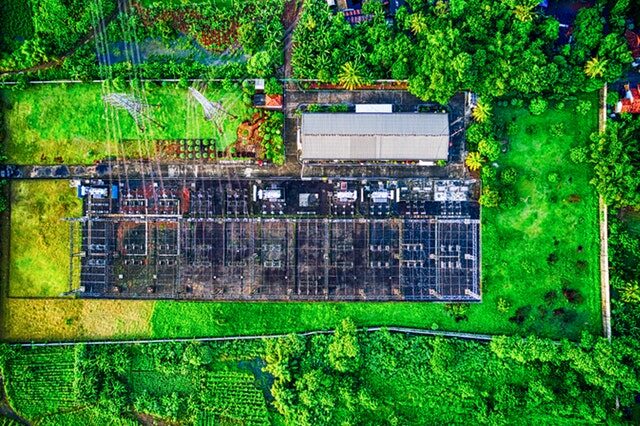We all want to be able to generate more power, but every power amplifier technology has its limits. That’s where combiners come in: by using combiners, you can exceed limits. It’s important to keep certain things in mind for power combining, however. Here are some of the most important ones.
Efficiency
Whether you’re dealing with a 0 degree combiner or a 180 degree hybrid combiner, you want as little loss as possible. Don’t forget to make sure you’re not losing additional power routing to all of your splits. You want to make sure each stage has minimal loss so you don’t lose precious power, especially in a corporate setting.
Need more information on efficiency? York’s Paper is famous in the industry and should help you further understand.
Isolation
It can be difficult, but you want to keep combiners as isolated from each other as possible. Bad isolation can lead to spurious oscillations and other problems with your network: avoid these issues by maintaining the best possible isolation.
Size
Your combiner setup should be as space efficient as it is loss efficient. This will, of course, vary depending on the equipment and the formation used. Radial combining is sure to take up more space, but hopefully also provide increased efficiency to make up for it.
As power combining moves more towards solid state technology and away from the microwave tube, the essentials of power amplification become more and more important. Maintaining an efficient, isolated setup is vital when coupling several solid state amplifiers into an array that will rival a traditional tube amp. Power combining also helps create highly-reliable setups with backups and redundant amps that guarantee the system will be functional even if the primary source fails. Staying up-to-date on power coupling technology and its ins and outs is vital to creating the best systems possible.

